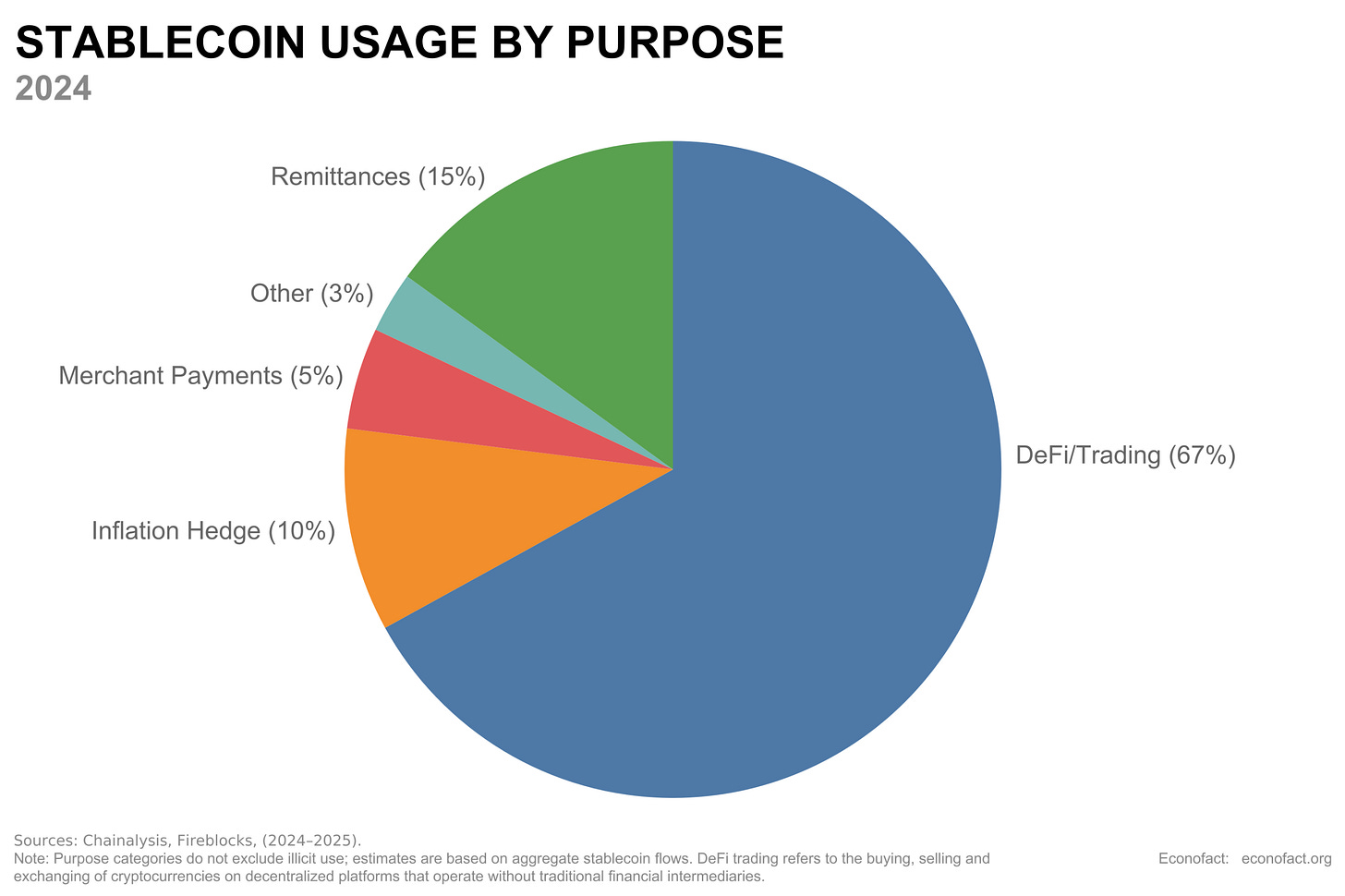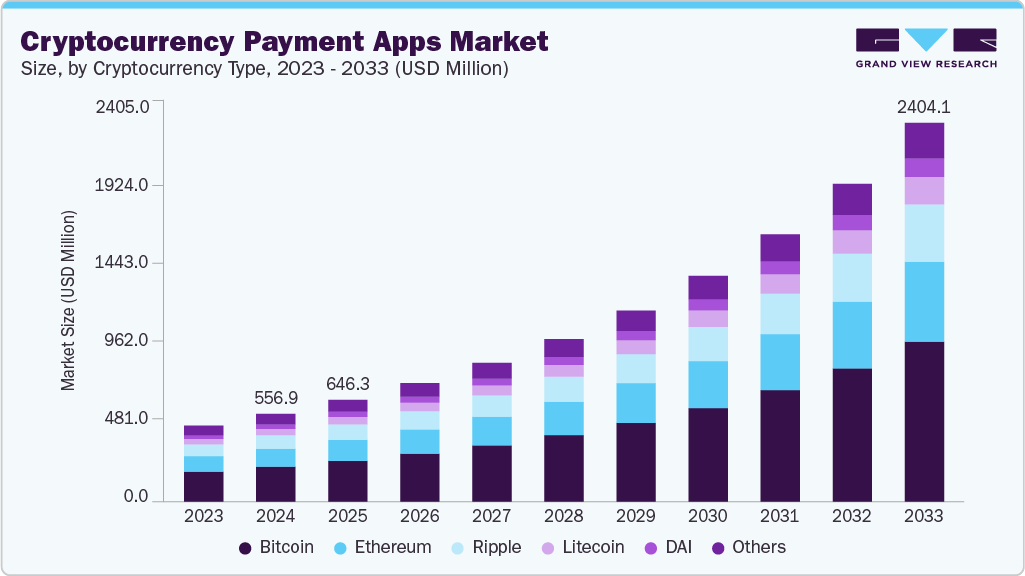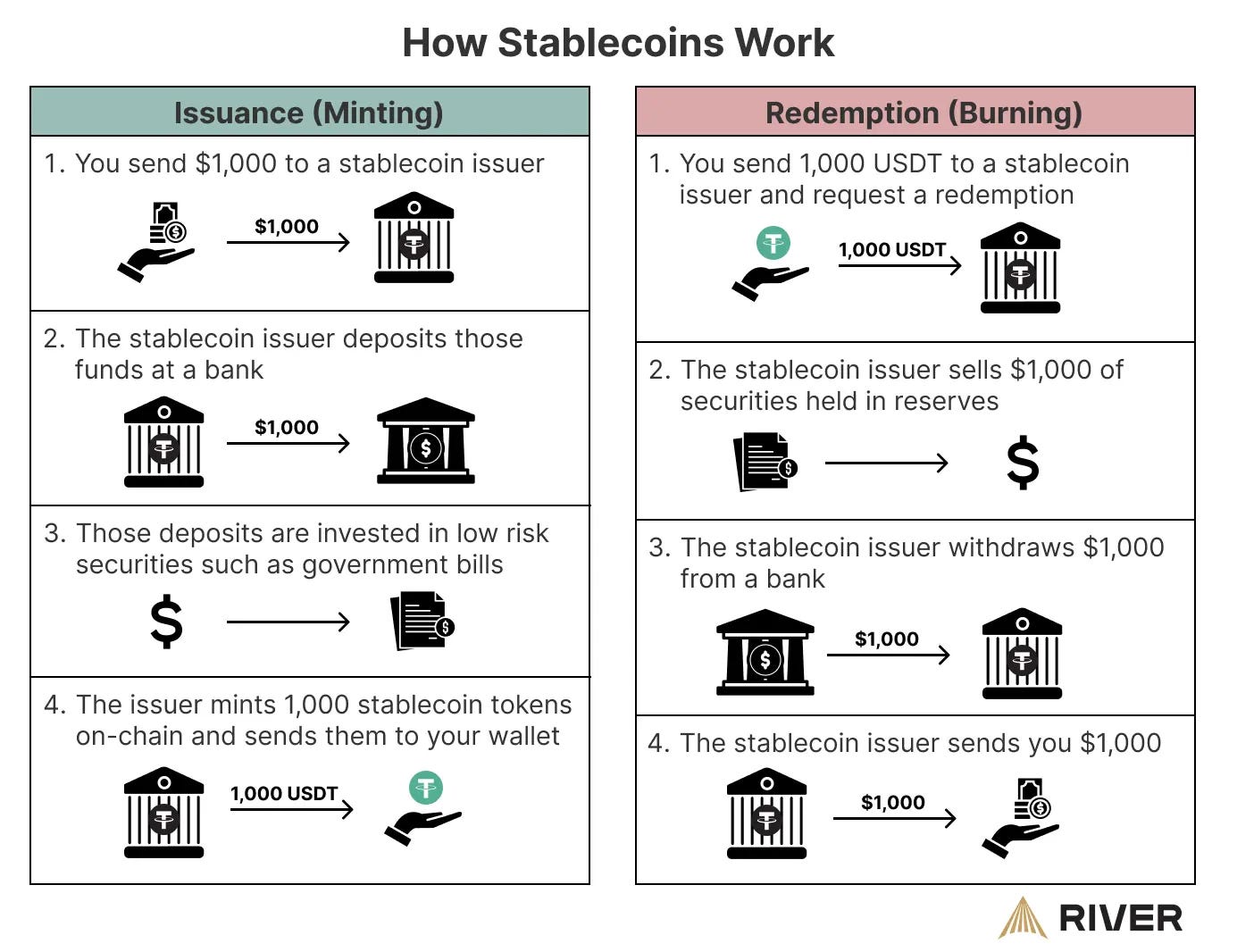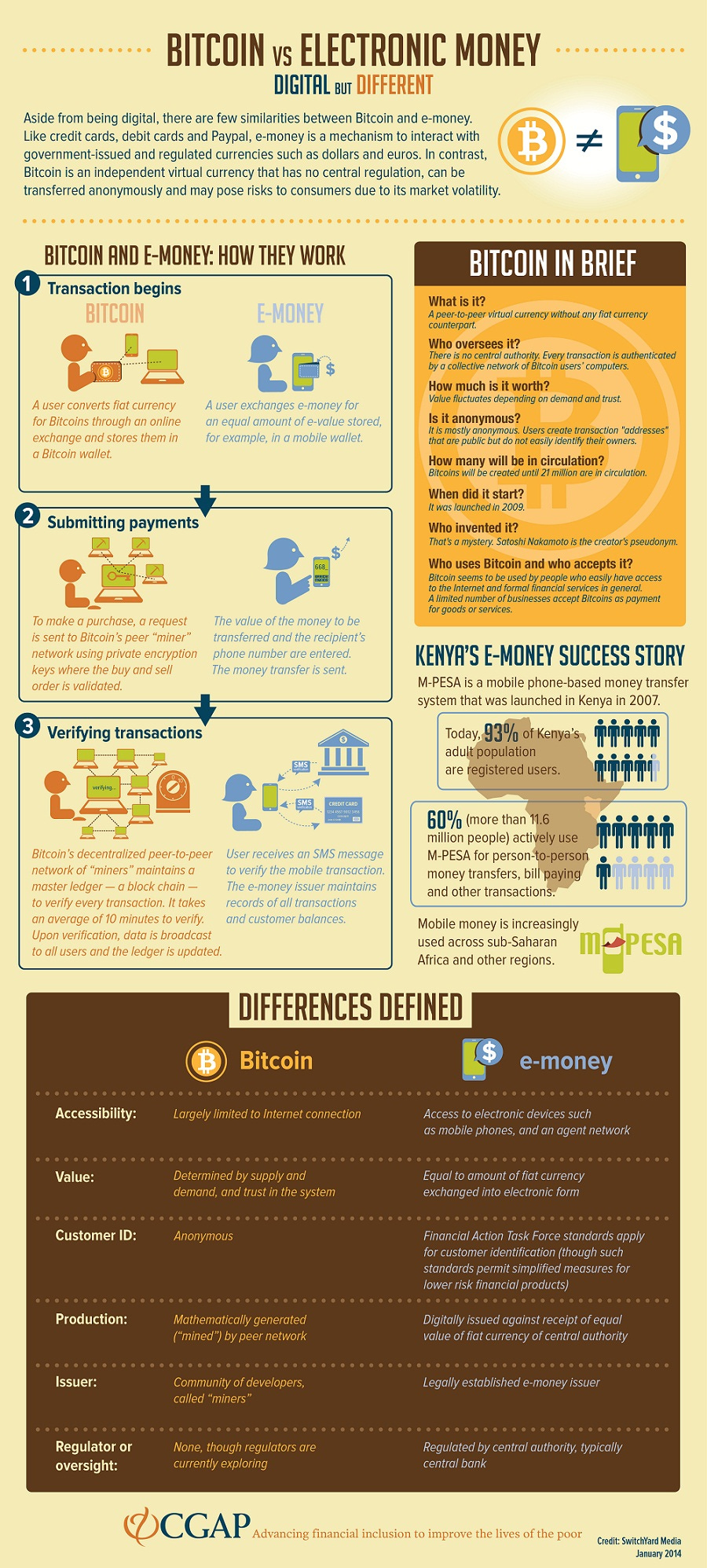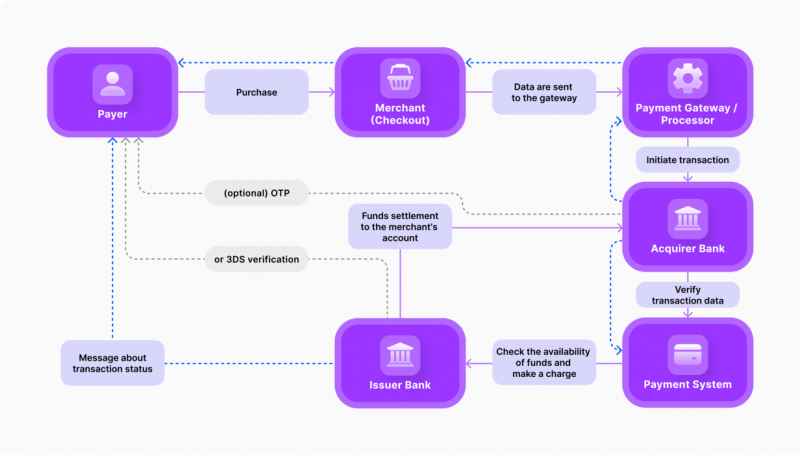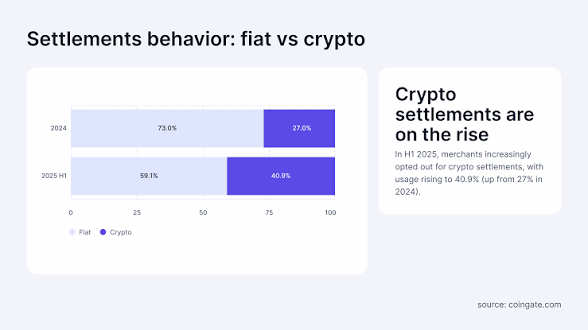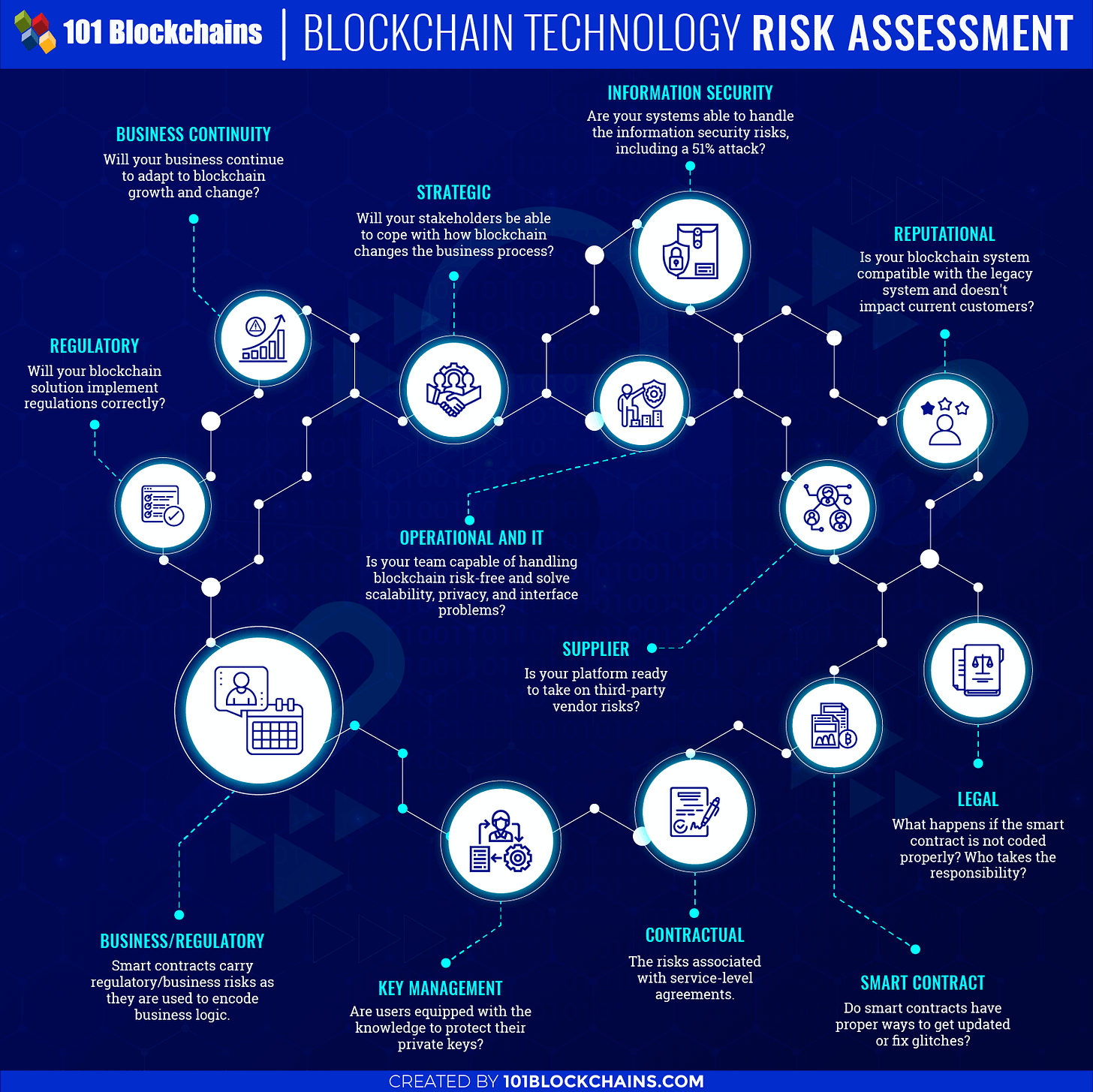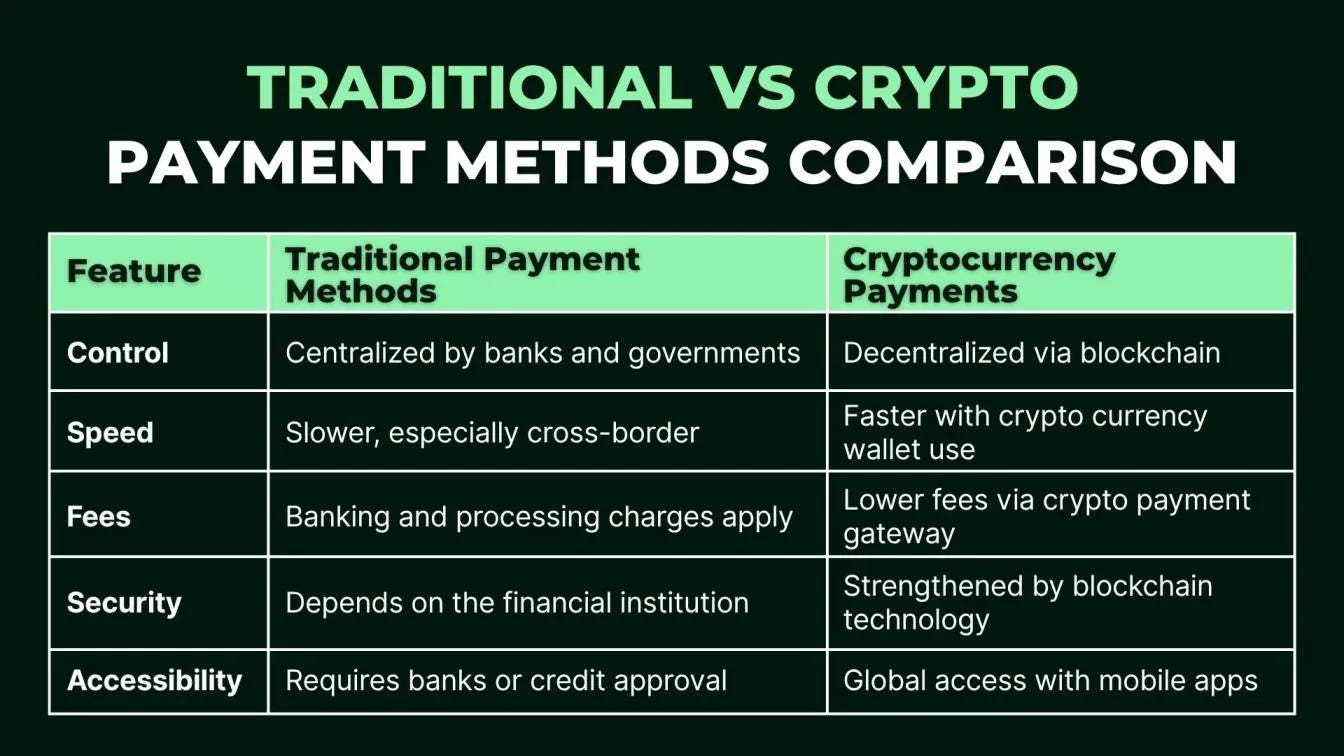Crypto Payments Deep Dive: Fees, Settlement, and Merchant Acceptance Compared (2025-2026)
How Crypto Payments Work in 2025: A Step-by-Step Overview: Understand the full crypto payment process—from user wallets to merchant settlement and blockchain confirmation
Picture this: Your first USDC payment feels like wiring money without the bank delays, instant settlement, minimal fees, no intermediaries. This isn’t fantasy; it’s the reality reshaping global commerce in 2025.
Stablecoin volumes hit $27 trillion in 2024, with projections suggesting they’ll eclipse traditional payment rails by 2026. Transaction fees? Under 1% in most cases, with PayPal’s revolutionary 0.99% rate enabling instant settlements for merchants.
Here’s the simplified breakdown: Crypto payments use blockchains for instant, low-cost transfers. From Bitcoin’s volatility to USDC’s pegged stability, these systems eliminate traditional intermediaries. The result? Faster, cheaper, borderless transactions that are reshaping how businesses think about payments.
This deep dive will reveal fee comparisons, settlement speeds, merchant adoption forecasts, and actionable integration strategies. We’ll explore why merchant acceptance jumped 25% in 2025, driven by integrations like Shopify’s on-chain checkouts.
Ready to discover how the borderless economy could transform your payment strategy? Let’s dive in.
Crypto Payments Explained In 2025: The Post-FTX Renaissance
The crypto payments landscape has undergone a dramatic transformation since the FTX collapse. While that crisis initially spooked merchants, it ultimately accelerated the shift toward stablecoins and established payment processors.
Stablecoins processed over $5.7 trillion in transactions in 2024, with a sharp 66% surge in volume through Q1 2025. More remarkable? They processed more transaction volume than Visa for the first time ever in Q1 2025.
The numbers tell the story:
CoinGate processed 1,677,288 transactions in 2024, up from 1,294,058 in 2023
Global wallet address adoption exceeded 500 million
On-chain stablecoin transaction volume in H1 2025 exceeded $8.9 trillion
One merchant’s pivot story exemplifies this shift. After FTX’s collapse, a mid-sized e-commerce retailer switched from Bitcoin to USDC settlements, reducing payment processing time from hours to seconds while cutting fees by 40%. The catalyst? Stable value and instant finality.
Coming up, we’ll break down exactly how these systems work and why the fees are significantly lower than those of traditional rails.
Demystifying Crypto Payments: Fees, Settlement, and Key Players
How Do Crypto Payments Actually Work?
Think of crypto payments as digital cash that moves on programmable highways called blockchains. Unlike traditional payments that bounce between multiple banks, crypto transactions move directly from sender to receiver.
The process is surprisingly simple:
Customer initiates payment using a crypto wallet
Transaction broadcasts to the blockchain network
Network validates and confirms the transaction
Merchant receives settlement (instant to 10 minutes, depending on blockchain)
Fee Breakdown: Why Crypto Wins
Traditional payment processing involves multiple parties taking cuts: issuing banks, acquiring banks, card networks, and payment processors. Crypto payments eliminate most middlemen.
Fee comparison:
Credit cards: 2.9% + $0.30 (average)
PayPal crypto payments: 0.99% (90% reduction)
BitPay/CoinGate: 0.5-2% depending on settlement option
Direct stablecoin: ~$0.50-$5 flat fee (regardless of amount)
Settlement Speed Showdown
Bitcoin: 10-60 minutes (varies by network congestion)
Ethereum: 1-5 minutes
Stablecoins on Layer 2: Near-instant (under 10 seconds)
Solana/other high-speed chains: 1-3 seconds
The Stablecoin Advantage
81% of SMBs eye stablecoins for good reason. USDC, USDT, and other dollar-pegged tokens offer:
Price stability (no Bitcoin volatility)
Fast settlement
Global accessibility
Smart contract integration
Onboarding Made Simple
Step 1: Choose your gateway (Coinbase Commerce, BitPay, CoinGate). Step 2: Integrate the API for the checkout flow.
Step 3: Select settlement preferences (fiat, crypto, or mixed)
Step 4: Test with small transactions
Pro insight: Retail merchants love the no-chargeback feature, while enterprises appreciate handling high volumes at 200,000+ TPS on chains like Solana.
Next up, we will explore why 2025-2026 represents a tipping point for crypto payment adoption.
The Payments Boom: Why Crypto Dominates 2025-2026
The Rise of Crypto Payments 2025
Why are crypto payments exploding now? Multiple catalysts converged in 2025, creating unprecedented momentum, and they include;
Regulatory clarity accelerated adoption: The EU’s MiCA regulations provided a legal framework, while the proposed U.S. GENIUS Act promises similar clarity. This removed the compliance uncertainty that previously held back institutional adoption
The $200 billion stablecoin market cap now fuels both B2B transactions and consumer remittances. PayPal’s expansion to 100+ cryptocurrencies with 90% fee reductions versus traditional cross-border transfers exemplifies this trend.
Factors Driving the Boom
Cost pressure: Inflation pushed businesses to seek payment alternatives. When traditional processors raise fees, crypto provides immediate savings.
Global commerce needs: With supply chains spanning continents, instant settlement eliminates working capital constraints. A manufacturer paying Asian suppliers can settle same day versus waiting weeks for wire transfers.
DeFi integration: Stablecoins claim 70% of the total value locked in DeFi, amplifying their utility beyond simple payments to include yield generation and liquidity provision.
How Merchants Cut Costs
High-volume merchants increasingly use USDC for sub-second clearing. Consider this scenario: If tariffs spike, savvy importers hedge with Ethereum-based settlements, which offer 5x faster processing than traditional banking.
The math is compelling. A $100,000 cross-border payment via traditional rails costs $1,000-$ 3,000 and takes 3-5 business days. The same payment via stablecoins costs under $50 and settles in minutes.
Question to consider: How would 50 trillion in crypto payment volume by 2026 reshape your industry? Leave your thoughts in the comments!
Coming next: We will discuss real merchant success stories and conduct a competitive analysis.
Unpacking Drivers: How Crypto Cuts Fees and Boosts Acceptance
The 2025 Statistics That Matter
Transaction volumes surged 54% year-over-year, with major merchants like AMC adding Bitcoin payment options. But the real story lies in B2B adoption.
Daily settlements hit billions via Visa’s USDC pilots, demonstrating the highest efficiency per user in payment processing history. Traditional correspondent banking simply can’t match blockchain settlement speeds.
Real Merchant Success Stories
One standout case involves a UK-based electronics retailer who integrated crypto payments via BVNK. Results? 40% cost reduction on international sales, elimination of chargeback fraud (crypto transactions are irreversible), and access to previously unreachable markets where traditional payment methods aren’t available.
The retailer now processes $2M monthly in crypto payments, with USDC comprising 70% of volume due to price stability. Their average settlement time dropped from 3 days (traditional) to 10 minutes (crypto).
The Infrastructure Evolution
Fireblocks processes 15% of the global stablecoin volume, with over 35 million transactions per month. This institutional-grade infrastructure eliminates the technical barriers that previously deterred enterprise adoption.
Payment gateways now offer:
Instant fiat conversion (eliminate volatility risk)
Multi-chain support (accept payments on 10+ blockchains)
Compliance tooling (automated AML/KYC reporting)
Enterprise APIs (seamless ERP integration)
The infrastructure is mature. The regulations are clarifying. The question isn’t whether crypto payments will scale—it’s whether your business will be early or late to adopt.
Next: The definitive comparison between crypto and traditional payment rails.
Competitive Edge: Why Stablecoins Crush Traditional Rails
The Numbers Don’t Lie
When Chainalysis analyzed payment costs, stablecoins were found to have 35% lower fees than traditional card payments. But cost is just one advantage.
Speed comparison:
Wire transfer: 1-5 business days
ACH: 1-3 business days
Credit card: 2-3 days settlement
USDC/USDT: 1-60 minutes (depending on blockchain)
The Security vs. Speed Tradeoff
Bitcoin offers maximum security but slower confirmation times. Ideal for high-value, low-frequency transactions where security takes precedence over speed.
Ethereum provides smart contract capabilities post-Dencun upgrade, enabling complex payment logic. Ideal for subscription services, escrow, and conditional payments.
Stablecoins deliver the Goldilocks solution—fast enough for commerce, stable enough for accounting, accessible enough for global reach. It's no wonder that 80% of merchants prefer stablecoins for regular payments.
Visa calls stablecoin adoption “a treasury masterclass,” recognizing its potential to reshape corporate cash management.
The Merchant Preference Matrix
When surveyed, merchants rank payment methods on five criteria:
Cost - Crypto wins (0.5-1% vs 2.9%+)
Speed - Crypto wins (minutes vs days)
Global reach - Crypto wins (no geographic limits)
Chargeback risk - Crypto wins (irreversible)
Customer familiarity - Traditional wins (for now)
The trend is clear: as crypto familiarity grows, traditional rails lose their only remaining advantage.
Let’s take a look at the risks you need to know and the 2026 outlook that could make or break adoption.
Risks and 2026 Outlook: Navigating the Challenges
Let’s Address the Elephants in the Room
Volatility remains a concern for non-stablecoin cryptocurrencies. Bitcoin’s price swings can turn a profitable transaction into a loss within hours. Solution? Use stablecoins or instant conversion to fiat.
Regulatory scrutiny continues evolving. While MiCA in Europe and proposed U.S. legislation provide clarity, businesses must stay compliant with changing rules. Mitigation: Work with regulated, insured payment gateways that handle compliance automatically.
Security risks exist but are manageable. Crypto hackers stole $3.1 billion in H1 2025, but most losses hit DeFi protocols and exchanges—not payment processors using proper custody solutions.
Risk Mitigation Strategies
Choose insured gateways that maintain 100% reserves and provide theft protection. Companies like Coinbase Commerce and BitPay offer FDIC insurance on fiat conversions.
Implement multi-signature wallets for large-value transactions, which require multiple approvals before funds are moved.
Use time-locked contracts for high-value B2B payments, adding cooling-off periods for large transactions.
The 2026 Outlook: Bullish with Guardrails
Conservative projection: Stablecoin market cap reaches $300 billion by 2026, with AI-powered fraud detection becoming standard across all major payment processors.
Optimistic scenario: Crypto payment volume hits $50 trillion annually as central bank digital currencies (CBDCs) bridge traditional and crypto systems.
Worst-case scenario: Regulatory crackdowns slow growth, but even then, crypto payments remain 6x faster than traditional wire transfers.
The infrastructure advantages are too compelling to ignore. Even regulatory setbacks couldn’t eliminate crypto’s fundamental benefits: speed, cost, and accessibility.
Question for consideration: Are you positioned as a bull on adoption or bear on implementation challenges?
Next: Your step-by-step action plan for crypto payment integration.
Your Action Plan: Integrate and Scale Crypto Payments
The 30-Day Implementation Roadmap
Week 1: Foundation Setup
Select payment gateway (CoinGate for SMBs, Coinbase Commerce for enterprises)
Complete KYC/compliance requirements
Integrate API into checkout flow
Configure settlement preferences (recommend 50% USDC, 50% fiat initially)
Week 2: Testing & Optimization
5. Process test transactions across multiple cryptocurrencies
6. Verify settlement speeds and conversion rates
7. Train the customer service team on crypto payment support
8. Set up monitoring dashboards for transaction tracking
Week 3: Soft Launch
9. Enable crypto payments for the select customer segment
10. Monitor conversion rates and customer feedback
11. Adjust supported cryptocurrencies based on demand
12. Document any technical issues for resolution
Week 4: Full Deployment & Optimization
13. Launch crypto payments to all customers
14. Analyze the first month’s performance metrics
15. Calculate actual fee savings versus projections
16. Plan expansion to additional blockchains/tokens
Essential Resources for Success
Developer communities: Join Discord channels for your chosen payment processor. Real-time support accelerates troubleshooting.
Testnet experimentation: Use testnet environments to practice integration without risking real funds.
Volume thresholds: Track monthly volume. Reaching $50 billion in aggregate crypto payment volume signals confirmation of a bull market for broader adoption.
Success Metrics to Monitor
Conversion rate: What percentage of customers choose crypto payment options?
Average transaction value: Crypto users often spend more per transaction
Geographic distribution: Track which countries drive crypto payment adoption
Settlement savings: Calculate actual cost reduction versus traditional methods
The Integration Challenge
Take the 30-day challenge: Day 1 setup, Day 30 review savings. Most merchants report a 20-40% reduction in payment processing costs within the first month.
Reply with your first crypto transaction story! What surprised you most about the experience?
The technical barriers have fallen. The regulatory framework is solidifying. The question isn’t whether crypto payments work, it’s whether you’ll implement them before or after your competitors.
Conclusion: Embrace the Borderless Economy
The Transformation is Happening Now
We’ve journeyed from $27 trillion stablecoin surge to your practical integration toolkit. Crypto payments aren’t the future—they’re the present reality reshaping global commerce.
The evidence is overwhelming:
PayPal’s 0.99% fees slash costs by 90%
Settlement times dropped from days to minutes
Global accessibility eliminates geographic payment barriers
The Choice is Binary: Lead or Lag
Businesses face a simple choice: Join the borderless economy or watch competitors gain first-mover advantages. The infrastructure is mature, regulations are clarifying, and customer demand is accelerating.
Consider the implications: When your competitor processes international payments in minutes while you wait days for wire transfers, who captures time-sensitive opportunities?
What’s Coming Next
Our upcoming deep dives will explore:
AI-powered crypto payment optimization (December 2025)
CBDC integration strategies for traditional businesses (Q1 2026)
Cross-chain payment routing for maximum efficiency (Q2 2026)
The borderless economy rewards early adopters with competitive advantages that compound over time. The speed of settlement becomes the speed to market. Lower costs become higher margins. Global reach becomes market expansion.
Subscribe to Canhav for more exclusive crypto payment trends, stablecoin strategy guides, and merchant success stories. Get alerts on our 2026 market outlook—including the catalysts that could drive adoption to $50 trillion annual volume.
The transformation from traditional to crypto payments isn’t coming; it’s here, and it’s your call to make.
Share your crypto payment wins below! We want to know what your experience with blockchain-based transactions has been.
Disclaimer: This content is for informational purposes only and should not be considered financial advice. Always conduct your own research (DYOR) and consult with qualified professionals before making decisions regarding payment infrastructure. Cryptocurrency markets and regulations are rapidly evolving—verify current information before implementing any strategies discussed.





